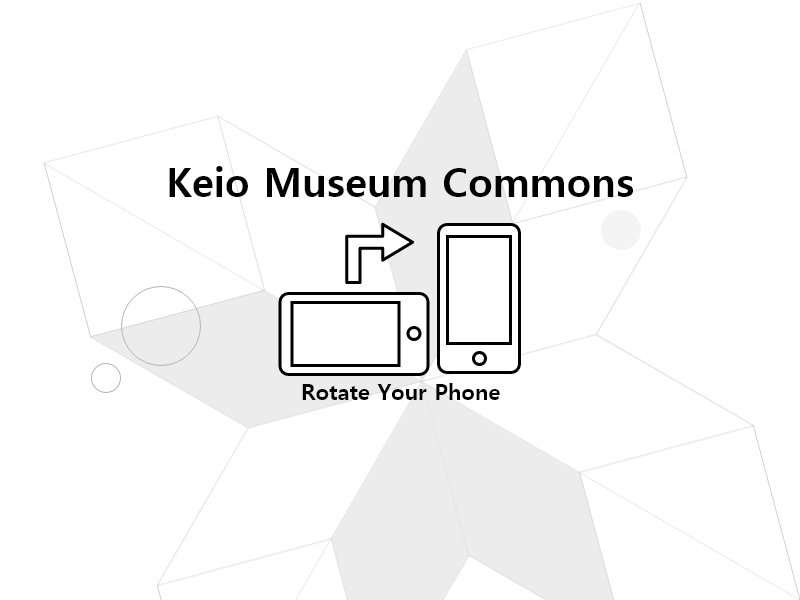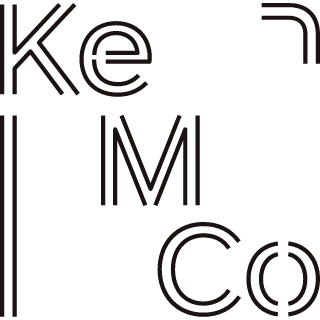The KeMCo Review 02 Special Issue: Public Humanities
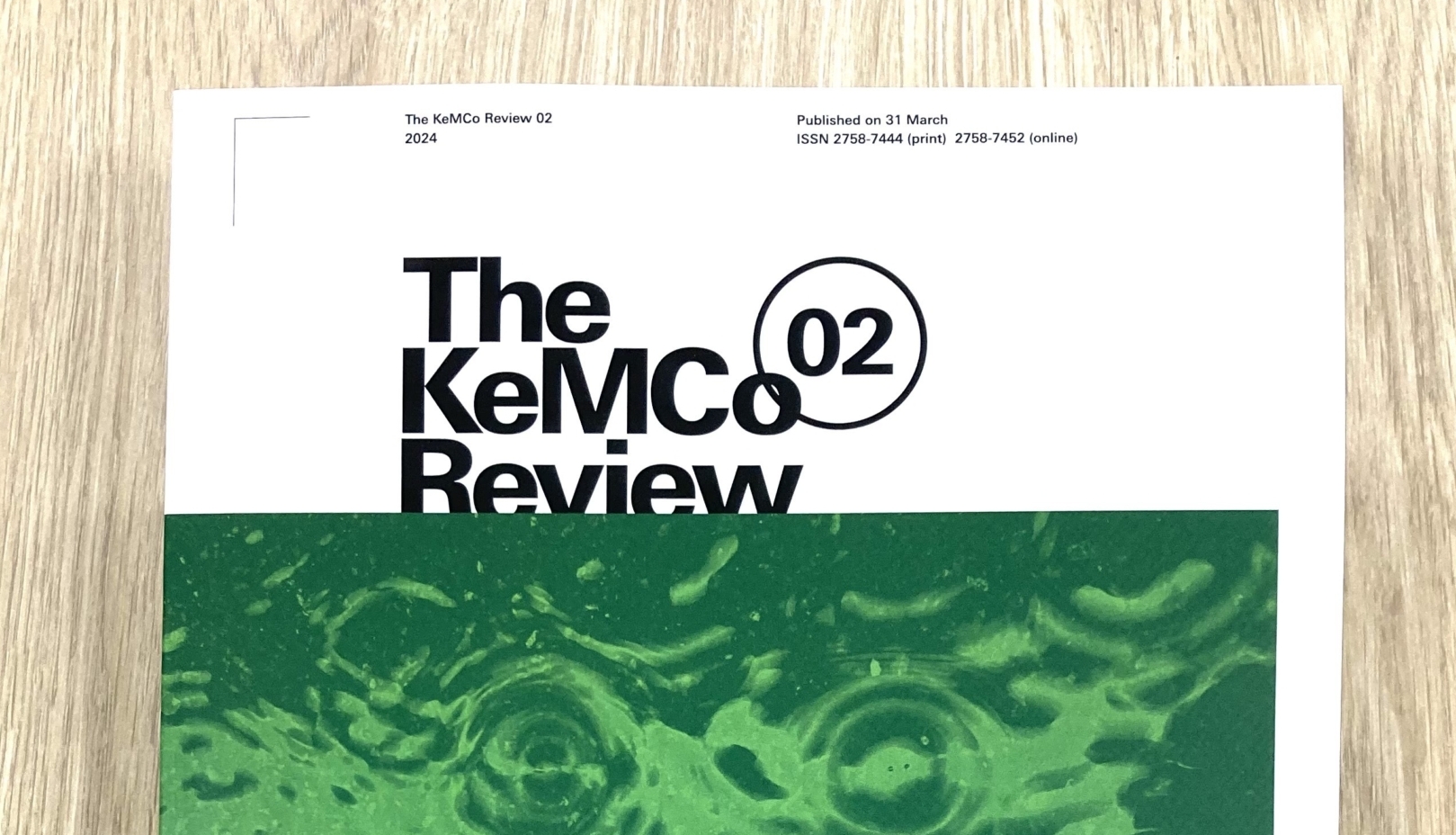
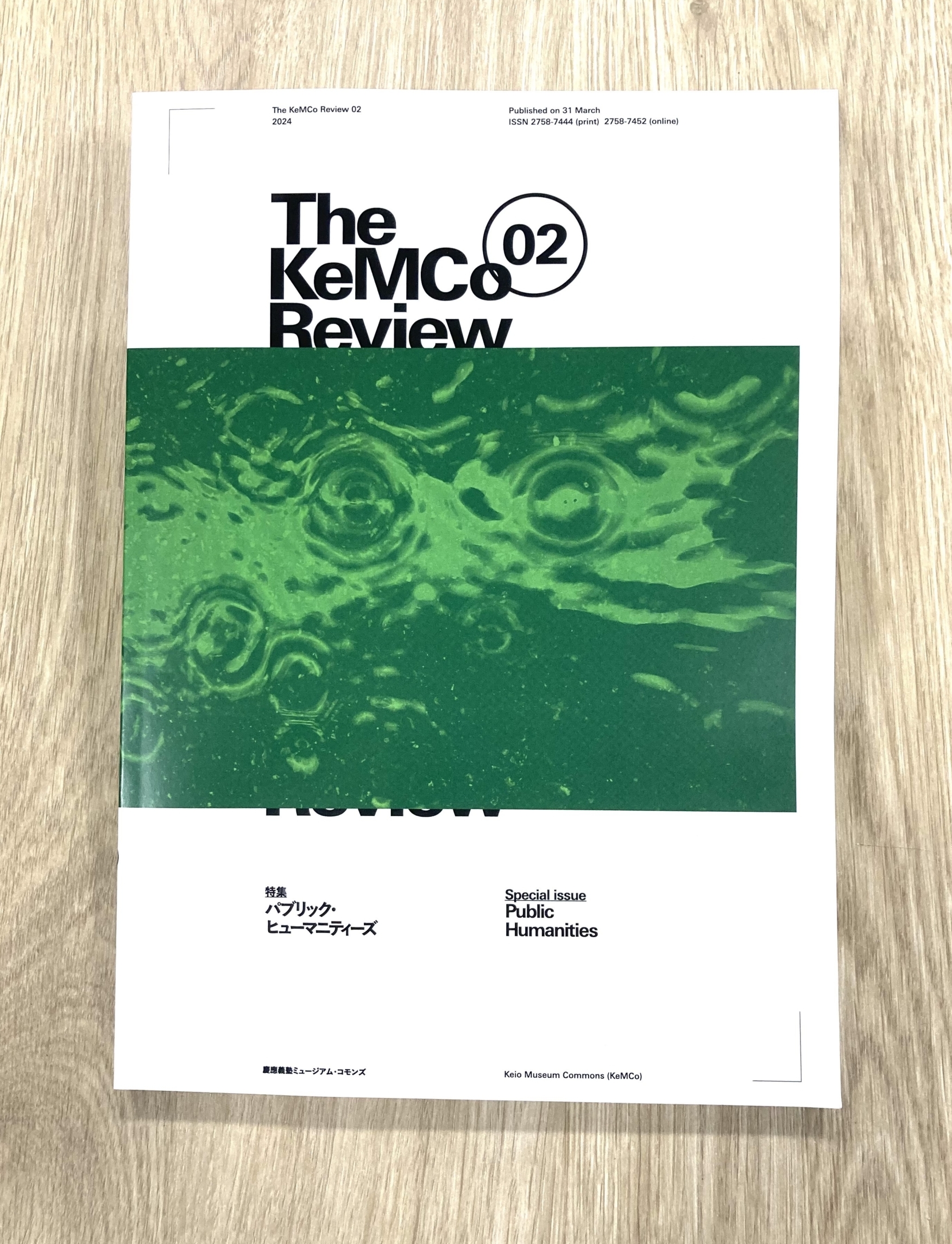
The Keio University Museum Commons (KeMCo) is pleased to announce the publication of the second issue of its academic journal, ‘The KeMCo Review,’ in March 2024. This journal serves as a platform for sharing research and practices related to KeMCo’s activities, encompassing a wide range of fields both within and outside the university.
Table of Contents
Foreword
Special Issue: Public Humanities
・Yoshinori Kasai, “Discovering the Meaning of Social Groups and Events through Collaborative Research with Local Communities: Case Studies of Folklores as Repertoires of Symbiosis”
・Goki Miyakita, “Digital Public Humanities in Action: A Student-Centric Approach to Transform Museum Practices at the Keio Museum Commons”
・Masako Toriya, Takayuki Ako, Atsushi Noguchi, “Development of a Museum Evaluation Framework for Finding Museum Values through Dialogue”
・Atsushi Noguchi, Yuichi Takata , Seicho Miyoshi, Hironobu Sasaki, “Digitalization, LOD, Publicization of Archaeological Materials and Museum Collections based on 3D data and Bibliographic Data”
・Hinako Iwanami, Noeka Hatanaka, Mao Yamaguchi, “An Archaeological Exhibit That Asks Questions and Communicate: What the Exhibition “Who Forms Archaeological Sites -in What Manner?” Aimed for”
・Yu Homma, “An Exhibition as a Place to Open Up Participation: Modalities of Participation in the “Who Forms Archaeological Sites – in What Manner?” Exhibition.”
Original Articles / Research Notes
・Fumi Matsuya, “On Sesshu’s Splashed Ink (Hatsuboku) Techniques – Focusing on “Landscapes” by Sesshu Toyo (Keio University Century Akao Collection)”
・Keisuke Sawada, “Accumulation and Visualization of Movie Theater Information: Disappearing Movie Theaters in Postwar Japan”
・Shiho Hasegawa, “While Making Soil: A Memorandum on Fermentation Culture in Art Contexts”
・Toru Arayashiki, “Oka Shikanosuke’s Illustrations for The Wind Rises : On the Postcard for Oka Shikanosuke by Hori Tatsuo (new material)”
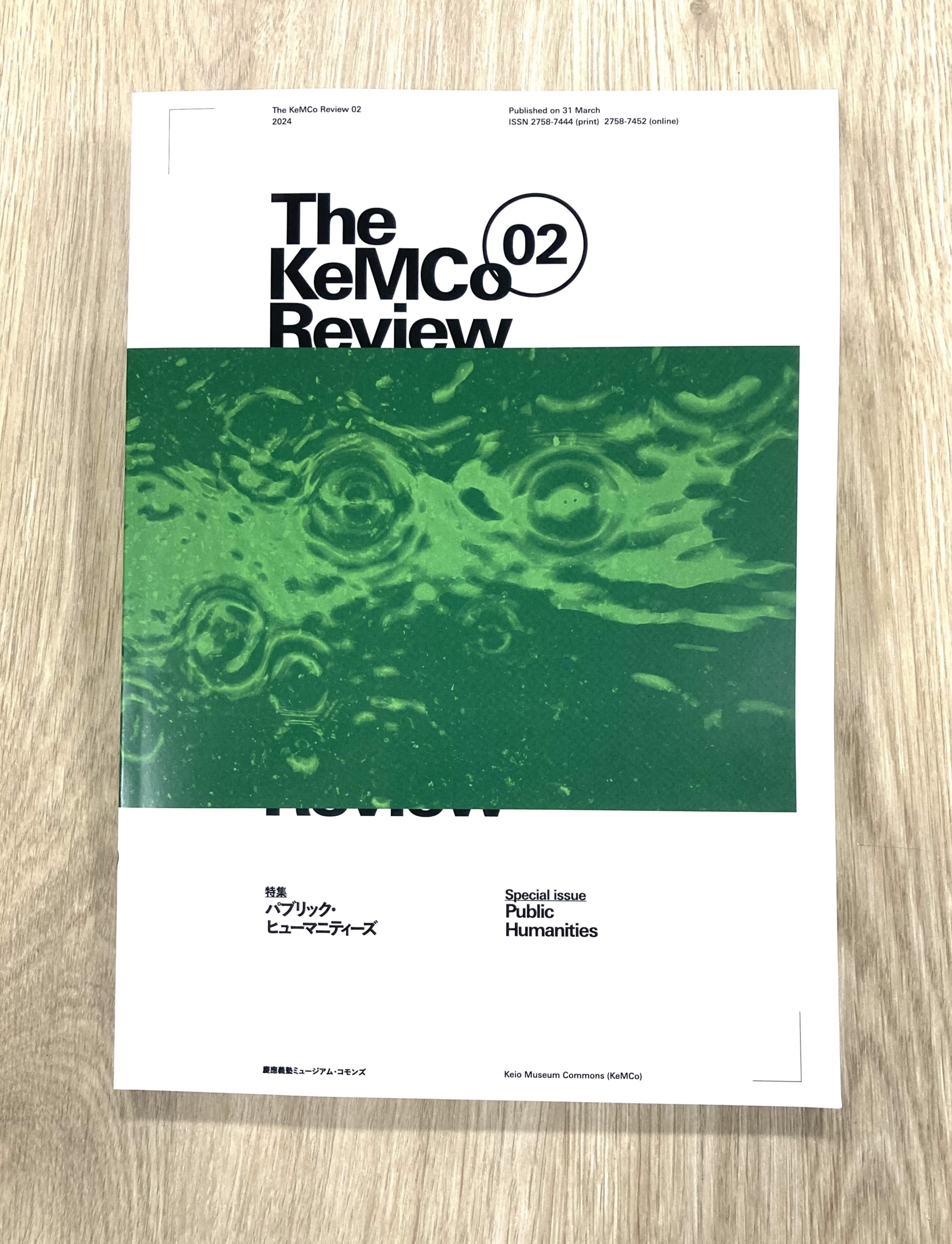
Author
Edited by
Editorial Board of Keio Museum Commons
Mika Machide, Shiho Hasegawa and Fumi Matsuya (Keio Museum Commons)Design
Shunsuke Onaka (Calamari Inc.)
Published by
Keio Museum Commons
Format
B5 size, 181 pages
PDF
Cost
Free (Open Access)
Published
2024年3月31日
The KeMCo Review Issue 02: Special Issue on “Public Humanities”
In recent years, the field of “public humanities,” characterized by a focus on the humanities from a public perspective, has seen diverse developments. The definition and interpretation of “public humanities” are broad-ranging (Susan, S. 2022), and there is a shared emphasis on practical application (Jacobson, M. F. 2020). For instance, in Western countries, it is recognized as an interdisciplinary academic field, with many institutions offering specialized courses and programs (May-Curry, M. & Oliver, Y. 2023). In Japan, parallel to the rise of digital humanities, there is ongoing discourse from both theoretical and practical viewpoints, including re-examination of expertise in historical research (Okamoto 2022), initiatives to make digital data widely available to society (Goto 2019), and developments intersecting with design research (Miyakita 2019).
The broad concept of public humanities also extends beyond the traditional confines of academia, embracing a wide range of new media, including games, podcasts, films, comics, theater, exhibitions, crowdsourcing, and social networking services. The field extends beyond universities and schools to cultural institutions such as GLAM (Galleries, Libraries, Archives, Museums), communities, and digital spaces, where diverse individuals collaboratively create knowledge from multiple perspectives (Noiret et al. 2022, Cauvin, T. 2022).
At the Keio Museum Commons (KeMCo), we have engaged in practices connected to public humanities through collaborations with faculty and students both inside and outside Keio University. This includes exhibitions, workshops, contemporary art projects, and the design of digital archives. For instance, in the 2023 exhibition “Who Forms Archaeological Sites – in What Manner?” held with the Ethnology and Archaeology Laboratory, we sought to foster dialogue between organizers and participants by presenting questions from exhibition attendees and discussing the exhibited artefacts and the concept of “ruins.” Since 2018, the “Mita Intercept” project with contemporary artist Kenji Yamada has been creating video installations based on narratives from faculty, staff, and people in the Mita area. Additionally, the digital archive “Keio Object Hub,” designed and operated by KeMCo, focuses on the open data of collection information and its utilization.
In light of this context, the second issue of The KeMCo Review features public humanities, providing an opportunity to extensively reference practices and research both domestically and internationally. We welcome various initiatives connected to public humanities in a wide range of fields, not only limited to universities but also including cultural institutions such as museums, libraries, and archives.
